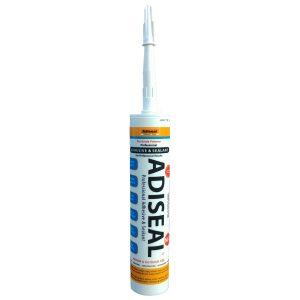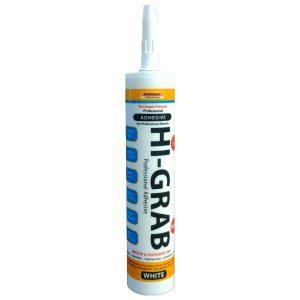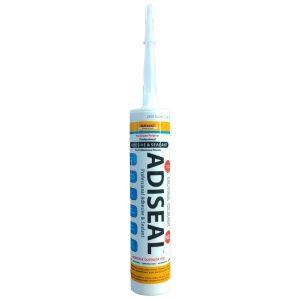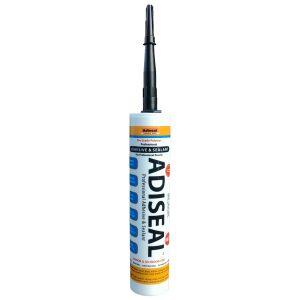Metal to Plastic Glue
Metal to Plastic Glue: Achieving Strong Bonds
Metal to plastic glue is a versatile adhesive that allows for secure and durable bonding between metal and plastic surfaces. In this article, we will explore the features, applications, and benefits of metal to plastic glue. Whether you’re working on a DIY project or industrial application, understanding the key aspects of this glue will help you achieve reliable bonds between metal and plastic components.
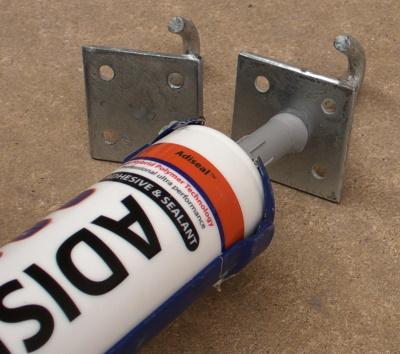
Benefits of Metal to Plastic Glue
Metal to plastic glue offers several advantages over traditional joining methods. Here are some key benefits:
1. Compatibility:
– Specially formulated to bond metal and plastic, this glue ensures a strong connection between different materials.
– Provides excellent adhesion to various types of plastic, including ABS, PVC, acrylic, and polycarbonate, as well as to different types of metal.
2. Versatility:
– Suitable for a wide range of applications, from small-scale repairs to larger industrial projects.
– Ideal for bonding metal and plastic components in automotive, electronics, and consumer goods industries.
3. Strong Bonding Strength:
– Forms a durable bond capable of withstanding mechanical stress, vibrations, and temperature fluctuations.
– Offers excellent shear and peel strength, ensuring the integrity and longevity of the bond.
Applications of Metal to Plastic Glue
It finds numerous applications across various industries and projects, including:
1. Automotive and Electronics:
– Bonding plastic interior components, such as dashboards, trim panels, and consoles, to metal structures.
– Securing electronic components and connectors to metal housings.
2. Consumer Goods and Appliances:
– Assembling plastic parts to metal frames in household appliances like refrigerators, washing machines, and kitchen equipment.
– Bonding plastic handles, knobs, and fixtures to metal surfaces in various consumer goods.
3. Industrial and Manufacturing:
– Joining plastic enclosures and casings to metal machinery and equipment.
– Bonding plastic components to metal frames in industrial automation and machinery.
Tips for Using Metal to Plastic Glue
To ensure successful bonding, consider the following tips:
1. Surface Preparation:
– Clean and prepare the surfaces by removing any contaminants such as dirt, grease, or oils.
– Roughen the plastic surface slightly to enhance adhesion using sandpaper or a suitable abrasive.
2. Proper Application:
– Apply the product evenly on both the metal and plastic surfaces, ensuring complete coverage.
– Follow the manufacturer’s instructions regarding the application method, curing time, and recommended temperature range.
3. Curing and Bond Strength:
– Allow sufficient curing time for the glue to reach its maximum strength before subjecting the bond to stress or load.
– Consider using clamps or fixtures to hold the parts in place during the curing process.
Conclusion
Metal to plastic glue is a versatile adhesive that enables strong and durable bonds between metal and plastic surfaces. With its compatibility, versatility, and strong bonding strength, it serves a wide range of applications in automotive, electronics, consumer goods, and industrial sectors. By following proper surface preparation and application techniques, you can create secure and long-lasting bonds in your metal and plastic projects. This adhesive provides an effective alternative to mechanical fasteners and welding methods, allowing for efficient and reliable assembly of different materials.
Showing all 4 resultsSorted by popularity
